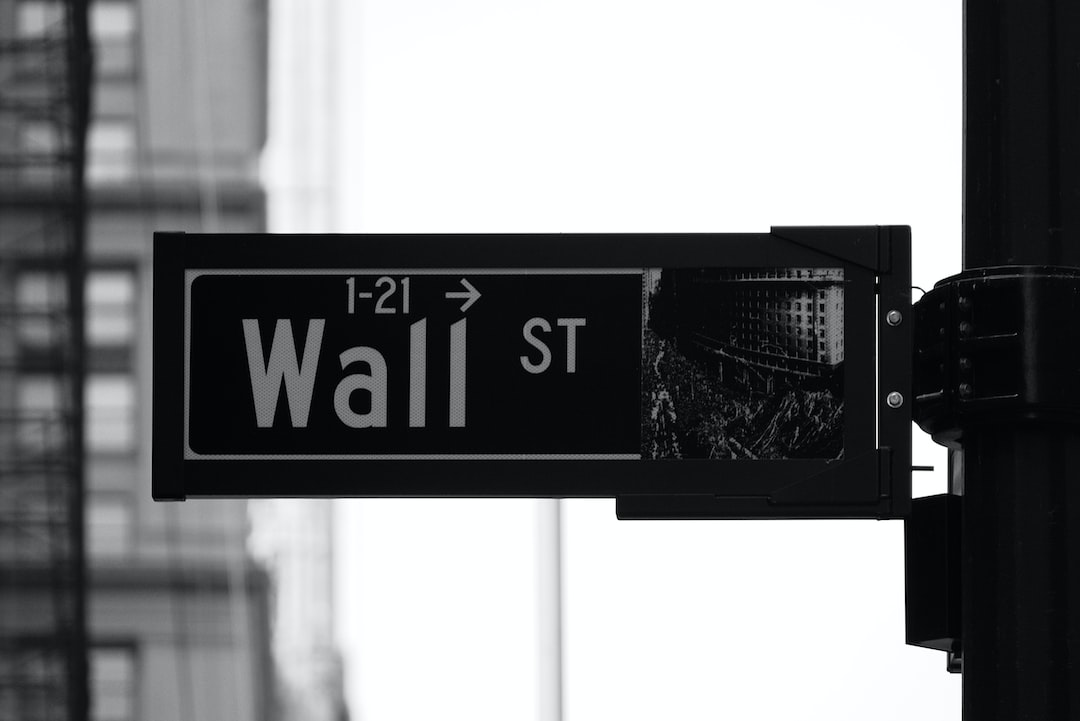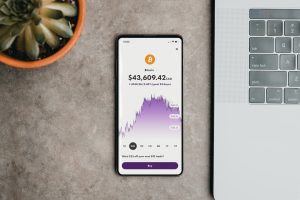Forex EA, also known as Forex Expert Advisor, is a robot or software that enables traders to automate their trading strategies. It analyses the market conditions, identifies opportunities, and executes trades automatically. Building a Forex EA requires a basic understanding of programming languages, Forex trading, and technical analysis. In this article, we will explain how to build a Forex EA.
1. Defining the Trading Strategy
The first step in building a Forex EA is to define the trading strategy. The trading strategy is a set of rules that the EA will follow to enter and exit trades. It is essential to have a clear and concise strategy that aligns with your trading goals. The strategy should be based on technical indicators, price action, or a combination of both. It is recommended to test the strategy on a demo account before implementing it in the EA.
2. Choosing a Programming Language
The next step is to choose a programming language to build the Forex EA. The most popular programming languages for building Forex EAs are MQL4 and MQL5. These languages are used in the MetaTrader 4 and 5 platforms, respectively. They are easy to learn and offer a wide range of functions and libraries that can be used to build complex trading algorithms.
3. Creating the EA Framework
Once the trading strategy and programming language are chosen, the next step is to create the EA framework. The EA framework is the backbone of the Forex EA, and it includes the code that will execute the trading strategy. The framework should be designed to handle market data, execute trades, and manage risks. It should also include functions that can be used to monitor the performance of the EA and adjust the trading parameters.
4. Adding Technical Indicators and Trading Rules
After creating the EA framework, the next step is to add technical indicators and trading rules to the EA. Technical indicators are mathematical calculations that are used to analyze market data and identify trading opportunities. They include moving averages, Bollinger Bands, RSI, MACD, and many others. Trading rules are specific conditions that must be met before entering or exiting a trade. For example, a trading rule could be to enter a long position when the price breaks above a moving average.
5. Testing and Optimizing the EA
The final step in building a Forex EA is to test and optimize the EA. Testing involves running the EA on a demo account and analyzing the performance. It is essential to test the EA under different market conditions to ensure that it performs well in all scenarios. Optimization involves adjusting the trading parameters to improve the performance of the EA. The trading parameters include the lot size, stop loss, take profit, and trailing stop.
In conclusion, building a Forex EA requires a basic understanding of programming languages, Forex trading, and technical analysis. It involves defining the trading strategy, choosing a programming language, creating the EA framework, adding technical indicators and trading rules, and testing and optimizing the EA. With the right tools and knowledge, anyone can build a Forex EA that can automate their trading strategies and improve their profitability.





